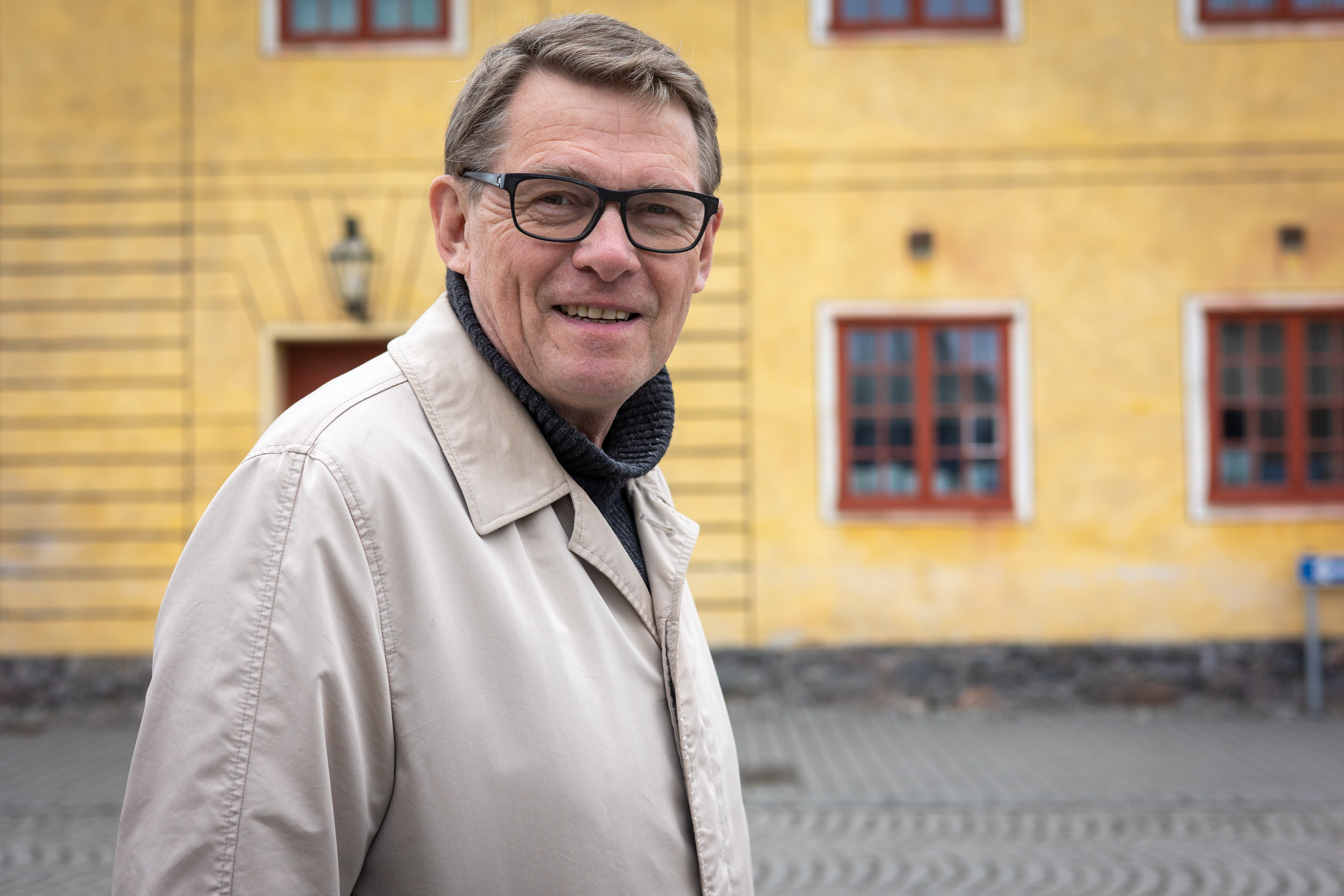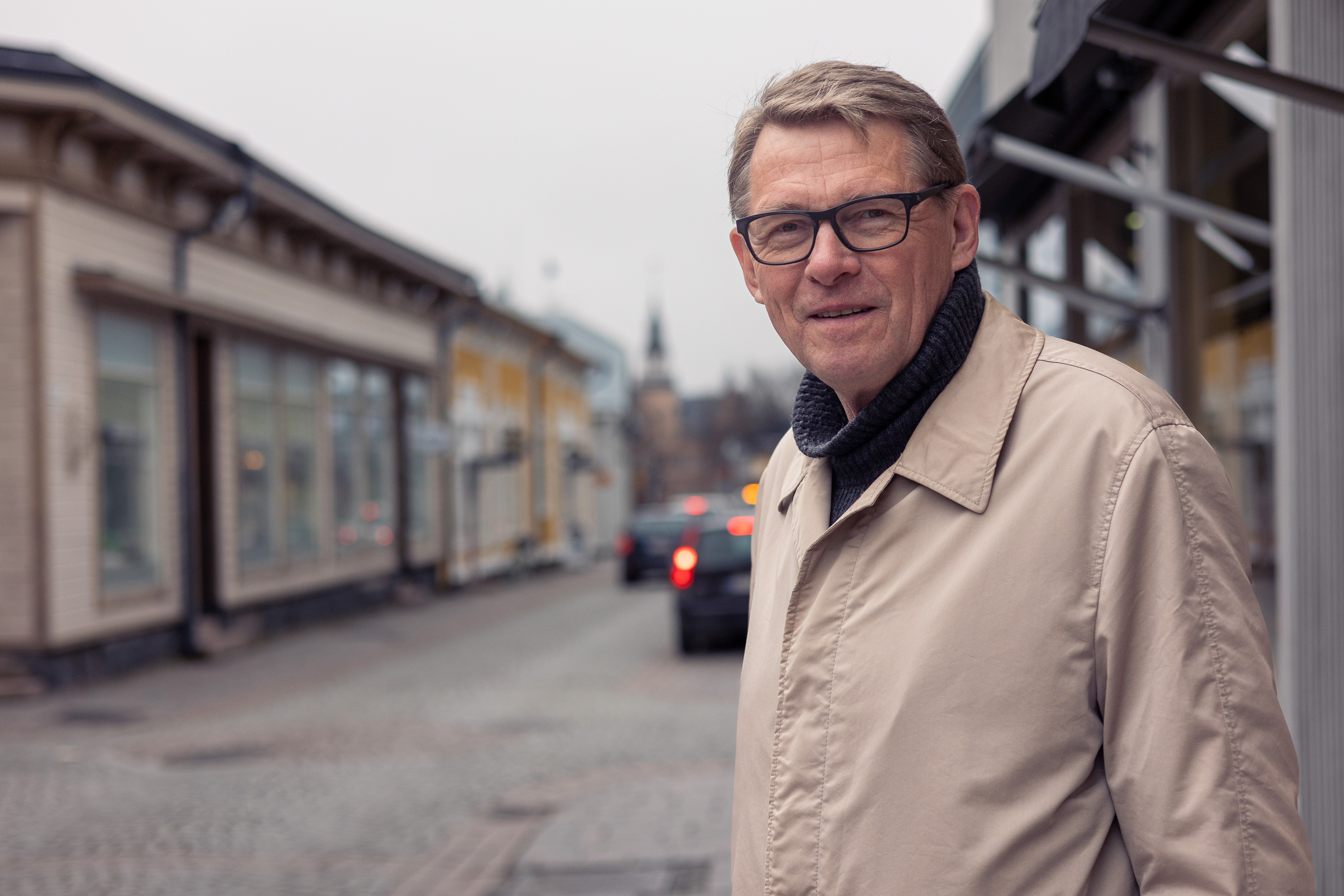Former prime minister Matti Vanhanen, who recently retired from the Finnish Parliament, strongly feels that Finland needs to stay on its path towards carbon neutrality in 2035
Matti Vanhanen, 67, a former Prime Minister for Finland as well as a former Member and Speaker of Parliament, is now officially a pensioner. The Centre Party politician announced his plans to not seek re-election in good time before the parliamentary election of 2023. Having worked at the very core of Finnish politics, he is no stranger to nuclear power.

- I used to be anti-nuclear when I was younger. Back then, my opinion was that there are better alternatives for energy production, Matti Vanhanen admits.
In the early 2000s, however, he changed his mind. This was a full reversal since, in the early 1990s, Vanhanen himself had put forward a resolution according to which additional construction of nuclear power is not included in Finland’s energy strategy, and it had been adopted by the Finnish Parliament. Instead, in the 2000s, Vanhanen's second government adopted the position that all emission-free energy sources are to be treated equally.
- Once a justifiable solution had been discovered for the final disposal of spent nuclear fuel and the need for emission-free energy sources was growing, I changed my opinion. It was not easy, and I probably spent a year or two thinking it over. However, research showed that Finland, with its cold climate, was generating a high amount of greenhouse gas emissions per capita, Vanhanen recalls.
- I have tried to communicate to younger politicians that you need to reconsider your political views in case new information and facts give grounds to do so. There is no need to be stubbornly stuck in your views if the outside reality gives you a reason to think differently. Besides, the overall opinion toward nuclear power has become more positive.
Time will tell
Vanhanen believes that nuclear power will have its place in Finland’s energy mix even in the coming decades. However, his opinion is that nuclear power has a limited role on a global scale, since constructing new, large facilities is demanding and capital intensive.
- The start-up of Olkiluoto 3 is important for us in the current geopolitical situation. As the plant is now in commercial operation, there is less fear of energy prices peaking next autumn and winter. Furthermore, wind power capacity in the Nordics continues to increase, which will also calm down the electricity market, Vanhanen says.
He says that Finland needs to aim at being self-sufficient in its energy decisions, but the decision-making also needs to look at a larger area: Finland, Sweden and Norway.
- We have a functioning Nordic electricity market. The Nordic countries benefit from plentiful hydroelectric generating capacity that can be used as balancing power.
Nevertheless, Vanhanen thinks that nuclear power will remain a topic of discussion in Finland, as the oldest plant units reach the end of their operating lives.
- Will we still be ready for large power plant projects when the time comes? Will serially manufactured small modular reactors become a feasible alternative to large plant units? Only time will tell, he ponders.

Carbon neutrality must not be compromised on
Even though the Finnish target of carbon neutrality in 2035 has been criticised for being too strict, Matti Vanhanen feels that the actions required to reach the target should be implemented systematically.
- Our forests which act as carbon sinks might allow Finland to reach carbon neutrality earlier than many other countries, even if we take the same actions according to the same schedule. Because of our ambitious goal, we should not extend the use of fossil fuels in industrial facilities, for example, any further than is necessary. In the end, it is irrelevant whether Finland reaches carbon neutrality in 2035 or a few years before or after that. What is important, however, is that we take systematic steps towards the target.
The former PM says that traffic is a chapter all by itself when it comes to emissions. There is a major change under way, but even the government cannot influence everything – the change starts with the industry and the consumers. For example, the charging infrastructure for electric vehicles is still under construction.
- It seems that passenger cars will be electrically powered, but internal combustion engines will also remain in service for a long time.
- Electricity is not directly suitable for use with heavy traffic, ships and aircraft; instead, the solutions will likely involve biogas as well as hydrogen and other synthetic fuels. In heavy traffic and forestry, for example, the equipment is also being used so intensively that the working rhythm does not allow for long charging periods.
Text: Timo Sillanpää
Photos: Sammeli Korhonen
Share